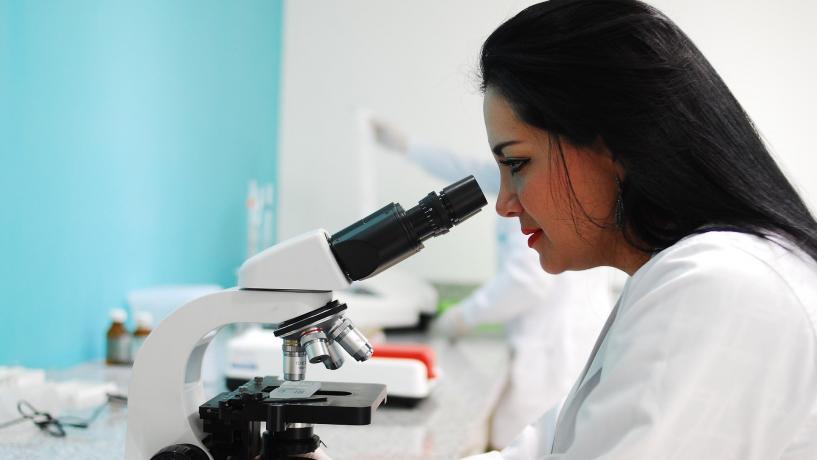
Food-borne illness is a serious health issue for many Australians every year. The health symptoms from food-borne illness, and the threat to those in high-risk groups, means that determining the source of a food-borne illness is of utmost importance. A team of scientists at the University of Aberdeen in Scotland have made a significant development in identifying the source of food-borne illness through a new technique.
How the technique works
The technique is based on a new machine learning method called the Minimal Multilocus Distance (MMD) method. This method is used to train a computer to identify likely sources of food-borne illness with a high rate of accuracy. It has been demonstrated to link human cases of food-borne illness back to sources such as chicken, cows and sheep. The benefit of this technique is that identifying the source of food-borne pathogens quickly is essential during a food-borne illness outbreak.
The study was led by Francisco Perez Reche and professor Norval Strachan who are from Aberdeen’s departments of Physics and Biological Sciences. Perez Reche states that “Our MMD method trains the computer to identify likely sources of origin of a Campylobacter infection within seconds,” which is a significant advancement from other methods which are less targeted or take days to perform.
The accuracy of the technique
The technique works by utilising the advances in Whole Genome Sequencing (WGS). These advances now allow for the complete DNA sequence of an organism’s genome to be obtained at a single time. For example, the researchers illustrated that the source of Campylobacter could be accurately identified in a short timeframe. Whole genome sequenced Campylobacter was obtained out of 500 human patients and 673 food and animal sources, including:
- 150 from cattle, sheep and chicken
- 130 from pig
- 93 from wild birds
These results illustrate how the technique can accurately identify food borne pathogens such as Campylobacter which can assist in stopping the spread of food-borne illness outbreaks.
Food-borne outbreaks and the health of Australians
Food businesses throughout Australia must take food safety extremely seriously. The food that is prepared and served to customers must be safe to eat in order to keep customers healthy and reduce incidents of food-borne illness outbreaks. Developments in the identification of the source of food-borne pathogens is good news for food businesses and Australian customers, as it will help tackle food-borne illness quickly and keep people safe.
The Australian Institute of Food Safety will continue to provide food safety news and industry updates as they become available.





